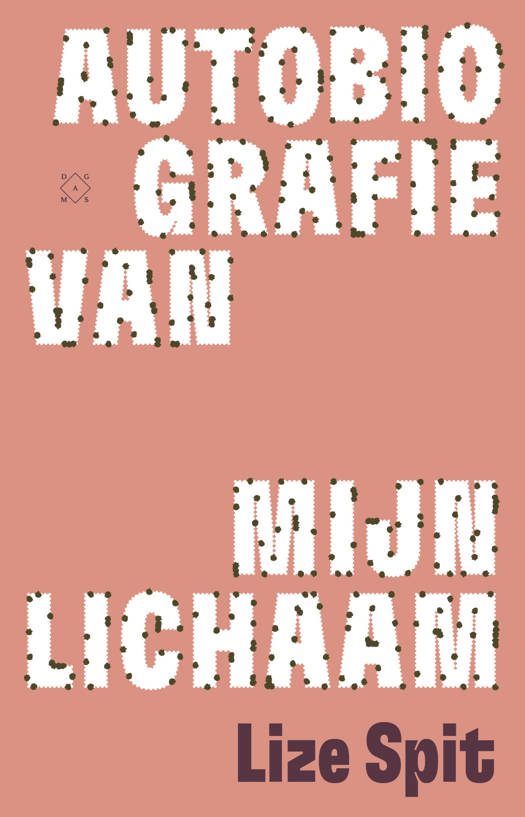
- Afhalen na 1 uur in een winkel met voorraad
- Gratis thuislevering in België
- Ruim aanbod met 7 miljoen producten
- Afhalen na 1 uur in een winkel met voorraad
- Gratis thuislevering in België
- Ruim aanbod met 7 miljoen producten
Genocidal Democracy
Neoliberalism, Mass Incarceration, and the Politics of Urban Gun Violence
John D MárquezOmschrijving
Over the past three decades, the rate at which blacks and Latinos/as murder, or are murdered, by one another in the United States has increased exponentially. Social scientists have generally argued that this 'ghetto violence' is but one consequence of deindustrialization and the systematic exclusion of black and Latino/a families from the middle class. But this book problematizes the assumption that middle class assimilation or economic inclusion can provide a remedy to ghetto violence. To this end, it identifies two primary issues. The first is that the subaltern is most commonly represented as an artifact of victimization, and so as a group who cannot escape their own chaos, pathology, or savagery. Second, middle class inclusion is prescribed as a remedy for ghetto violence without a deeper consideration of how the very idea of the middle class and its 'values' has been produced in opposition to the very groups to whom the extension of these values is proposed. Against this background, Genocidal Democracy locates the origins of ghetto violence within the racial and colonial architecture of European modernity. And as such, it argues, this violence must find its remedy outside of a modern, liberal, and capitalist state apparatus which - according to this legacy - continues to promote the idea that groups like blacks and Latinos/as are either a burden or a threat to the body politic.
Specificaties
Betrokkenen
- Auteur(s):
- Uitgeverij:
Inhoud
- Aantal bladzijden:
- 208
- Taal:
- Engels
- Reeks:
Eigenschappen
- Productcode (EAN):
- 9781138804388
- Verschijningsdatum:
- 3/01/2021
- Uitvoering:
- Paperback
- Formaat:
- Trade paperback (VS)
- Afmetingen:
- 159 mm x 235 mm

Alleen bij Standaard Boekhandel
Beoordelingen
We publiceren alleen reviews die voldoen aan de voorwaarden voor reviews. Bekijk onze voorwaarden voor reviews.












